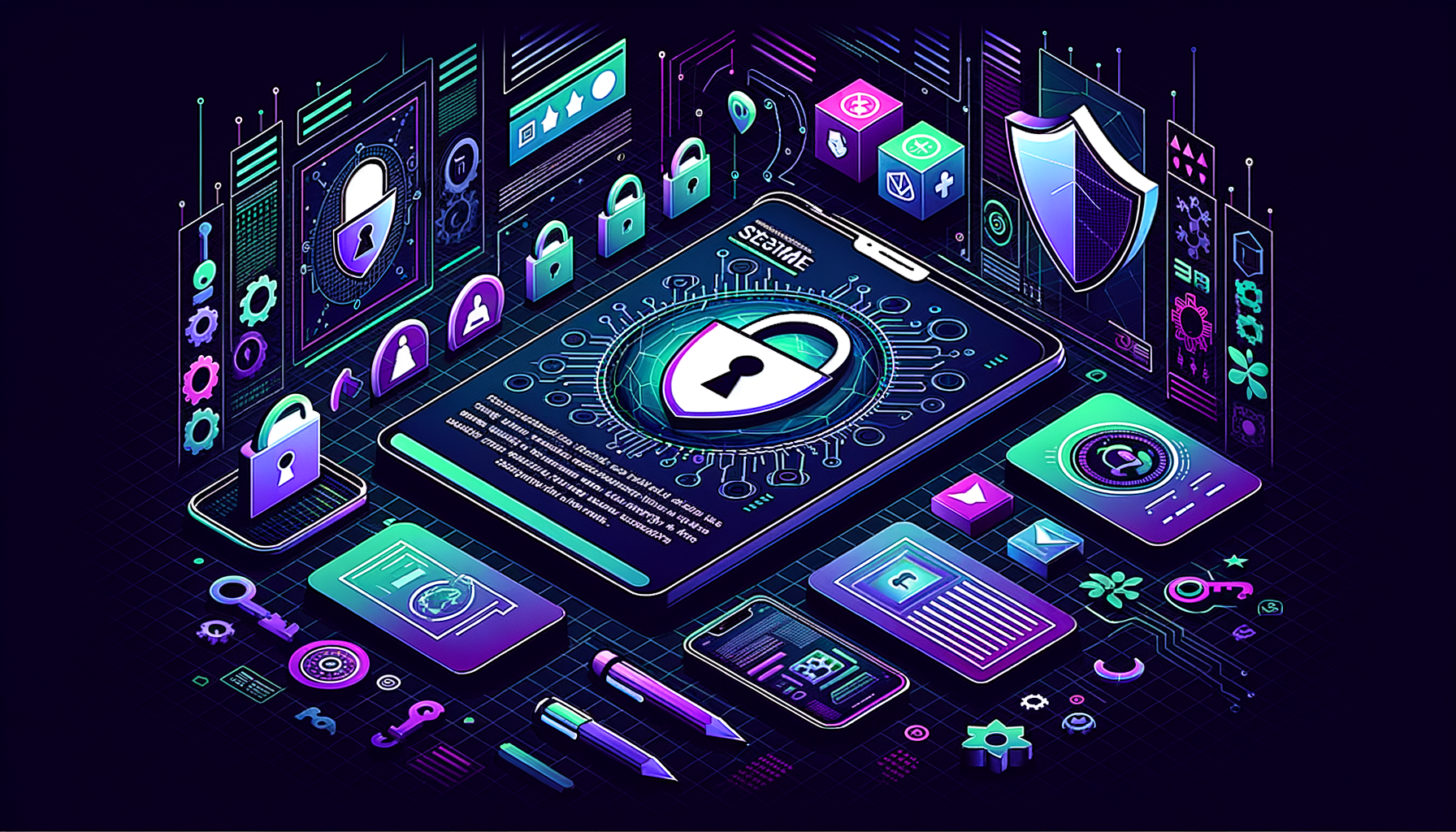Beware of Malicious Chrome Extensions: A Growing Threat to Cybersecurity
In the era of digital transformation, browser extensions enhance user experience by adding functionalities to web browsers. However, this convenience often comes with a hidden price. Recently, a major cybersecurity alert revealed the existence of a malicious Chrome extension that is draining resources and posing significant threats to business integrity and data security. Understanding and mitigating such threats is crucial, especially for businesses operating in the European Union and globally.
The Rise of Malicious Chrome Extensions
Despite rigorous measures, cybercriminals continue to find innovative ways to exploit browser extensions. According to a report from Cybersecurity News, a newly discovered Chrome extension is engaging in illicit activities that deplete resources and compromise user privacy. This threat necessitates a proactive approach in cybersecurity, focusing on prevention, detection, and response.
- Resource Drain: The malicious extension has been found to drain system resources, affecting performance and productivity.
- Data Breaches: Unauthorized access to sensitive data is a significant risk with such extensions.
- Privacy Concerns: This extension collects and transmits user data without consent, violating privacy regulations like GDPR.
Understanding the Specific Threat
The malicious Chrome extension in question operates stealthily, often going undetected by traditional antivirus software. It infiltrates user systems by masquerading as a legitimate tool, then proceeds to siphon off resources and collect sensitive information. This illicit activity can result in slowed system performance, increased vulnerability to other cyber threats, and significant financial losses.
Detailed Features of the Malicious Extension
Key aspects of this extension include:
- Sophisticated Masking: The extension appears innocuous to users and cybersecurity tools.
- Continuous Data Collection: It constantly collects data such as browsing history, login credentials, and personal information.
- Communication with Command and Control Servers: The stolen data is transmitted to remote servers controlled by hackers.
- Resource Hijacking: The extension consumes significant CPU and RAM resources, impacting device performance.
How Hodeitek Can Help: Comprehensive Cybersecurity Solutions
At Hodeitek, we provide robust cybersecurity services tailored to protect businesses from such emerging threats. Our comprehensive suite of services ensures that your company’s digital infrastructure remains secure.
Cybersecurity Services
Our range of cybersecurity services encompasses various aspects critical for a secure digital ecosystem:
- EDR, XDR, and MDR: These solutions offer continuous monitoring and threat detection, providing rapid response capabilities to mitigate risks. They are essential in identifying and neutralizing threats posed by malicious extensions and other cyber-attacks.
- Next-Generation Firewall (NGFW): Our NGFW services protect your network by filtering traffic and blocking potential threats before they can compromise your system. This is crucial in preventing malicious extensions from gaining unauthorized access.
- Vulnerability Management as a Service (VMaaS): Our VMaaS identifies and addresses security vulnerabilities within your system, ensuring that malicious extensions cannot exploit weaknesses.
- SOC as a Service (SOCaaS) 24×7: With 24/7 monitoring by our Security Operations Center, we ensure immediate detection and response to potential threats, keeping your systems secure around the clock.
- Industrial SOC as a Service (SOCaaS) 24×7: Tailored for industrial environments, this service monitors and protects against sector-specific threats, including malicious extensions affecting industrial control systems.
- Cyber Threat Intelligence (CTI): Our CTI services provide actionable insights into emerging threats, helping you stay ahead of cybercriminals and prevent attacks from malicious extensions.
- Data Loss Prevention (DLP): DLP solutions are crucial in preventing sensitive data from being accessed or exfiltrated by malicious extensions.
- Web Application Firewall (WAF): Our WAF services protect your applications by filtering and monitoring HTTP traffic, blocking attacks from malicious extensions.
Effective Strategies to Mitigate Browser Extension Threats
Preventing attacks from malicious browser extensions requires a multi-faceted approach:
1. Regular Audits and Monitoring
Conduct regular security audits to identify and remove unnecessary or suspicious extensions. Continuous monitoring of browser activities can detect anomalous behavior indicative of malicious extensions.
2. Employee Training and Awareness
Training employees to recognize and avoid potentially harmful extensions is crucial. Regular awareness programs can educate users on safe browsing practices and the significance of scrutinizing extension permissions.
3. Implementing Advanced Cybersecurity Solutions
Employing advanced cybersecurity solutions such as EDR, XDR, and MDR can significantly enhance detection and response capabilities. Solutions like Next-Generation Firewall (NGFW) and Web Application Firewall (WAF) provide an additional layer of security by blocking potential threats at the network level.
4. Zero Trust Architecture
Adopting a Zero Trust Architecture ensures that all users, both inside and outside the organization, are continuously authenticated and authorized. This reduces the risk of unauthorized access to sensitive data by malicious extensions.
Real-World Examples and Statistics
To illustrate the severity of these threats, consider the following examples:
Example 1: The Google Chrome Extension Incident
In 2023, researchers uncovered a malicious Chrome extension that had been downloaded over 100,000 times. This extension collected user data and transmitted it to a remote server, highlighting the risks associated with seemingly benign extensions.
Example 2: The Facebook Data Breach
An infamous case involved a Chrome extension designed to improve Facebook experience but secretly collected user data over several months. This breach affected millions of users, leading to significant backlash and highlighting the need for stringent security measures.
According to a report by Symantec, 75% of malicious extensions collect browsing history, while 50% access login credentials and other personal information. These statistics underscore the importance of rigorous cybersecurity practices.
Conclusion
The threat posed by malicious Chrome extensions is real and evolving. At Hodeitek, we offer comprehensive cybersecurity services to protect your business against these and other cyber threats. By leveraging our services such as EDR, XDR, and MDR, NGFW, and SOCaaS, you can ensure robust defense mechanisms are in place.
To enhance your cybersecurity posture, contact us today and fortify your defenses against evolving threats.






